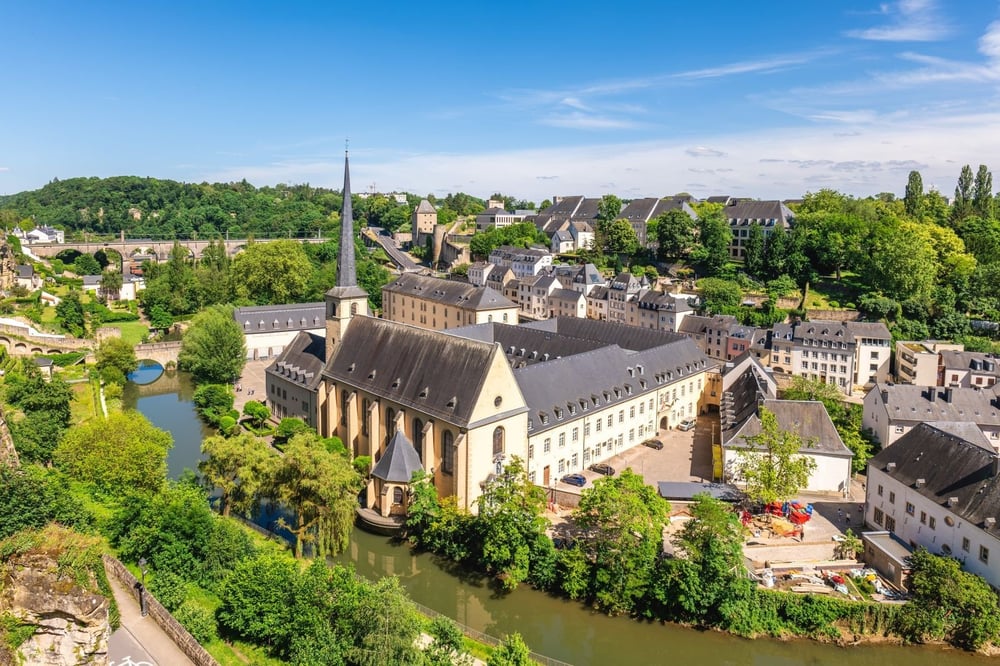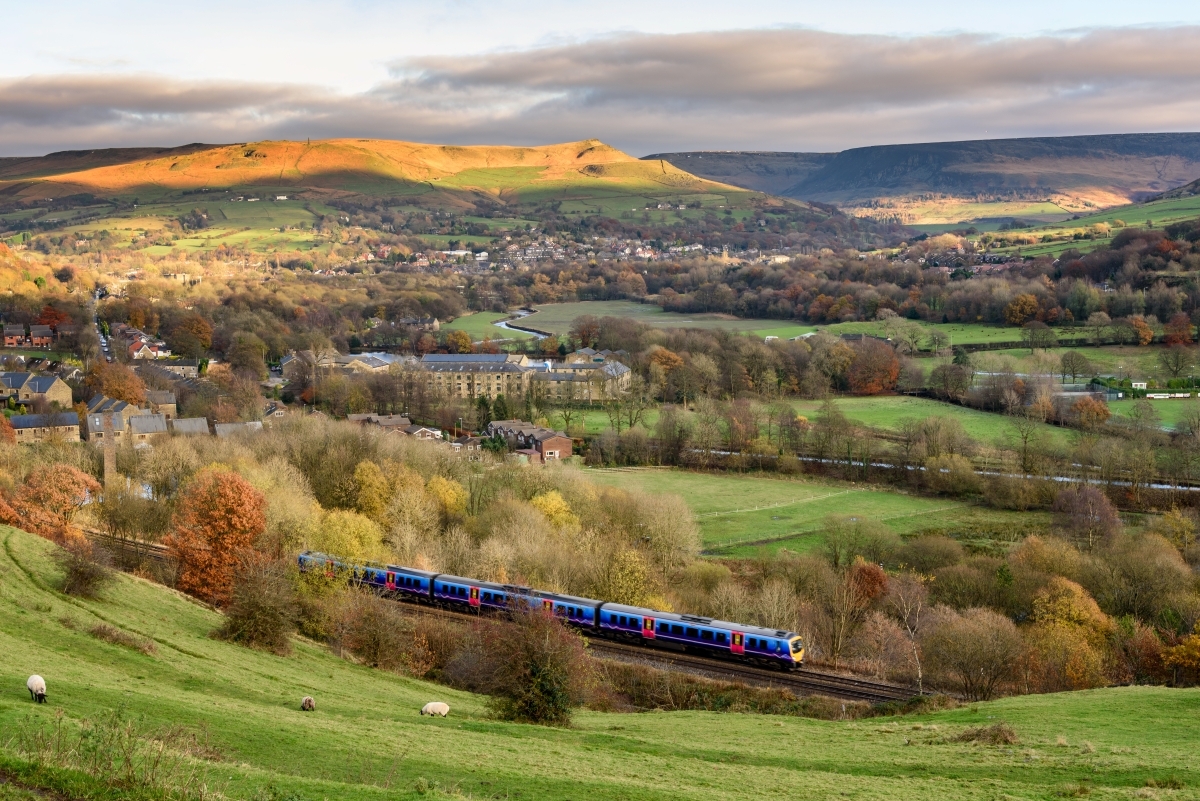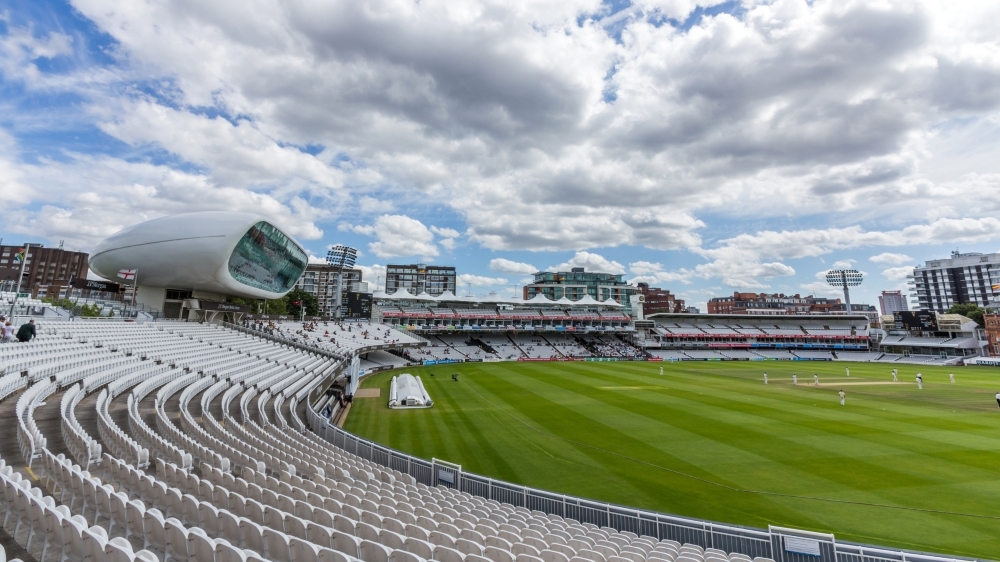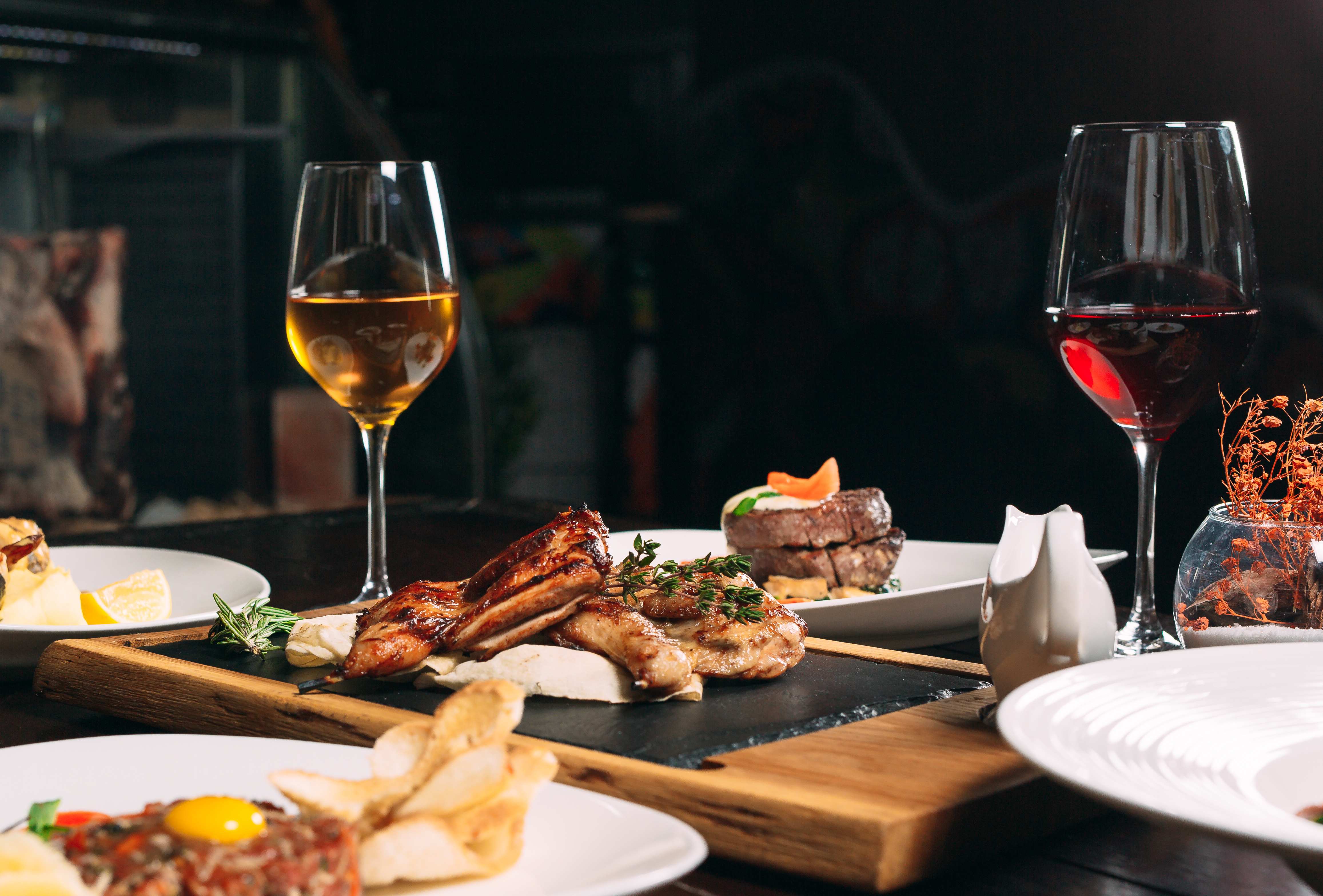Castles and Crémant– The Best Itinerary for a Luxembourg Day Trip
Luxembourg may be one of Europe’s smallest countries, but don’t let its size fool you. Running from its imposing hills and dense forest in the Ardennes to the fertile valleys of Gutland, it is a country rich in heritage and stunning landscapes. Incredibly well-connected, a Luxembourg day trip is a far greater possibility than many might think for such a small country.
With its storybook capital perched across a deep gorge, mediaeval ruins rubbing shoulders with glass-fronted EU government buildings, and charming countryside barely 30 minutes in any direction, Luxembourg ticks all the boxes for quintessential European cities. It is a destination that rewards the curious and well-prepared traveller, maximising their time and allowing for seamless exploration that wraps up the best of what Luxembourg has to offer, in under 24 hours.

Getting There
Luxembourg City is exceptionally well-connected with daily direct flights from Heathrow and Gatwick airports, in as little as 90 minutes. From Brussels, the train ride is just over three hours, passing through the wooded Ardennes, whilst options to travel direct from Cologne, Amsterdam and Paris are also available for those looking to combine a trip with any of these cities.
As part of the Schengen Area, the country’s compact size makes it a practical detour on a longer European itinerary. All public transport in Luxembourg, including trams, buses, and trains, has been free since 2020, which helps minimise prep time or having to figure out routes to visit attractions. The airport is a 20-minute bus ride from the city centre, allowing travellers to fast-track their day trip as soon as they’re off the plane and start exploring.
Explore the City’s Origins
The Bock Casemates are a fitting place to kick off any visit to Luxembourg City, as they are the origin of the city itself. These deep subterranean tunnels date back to the 17th century, carved into the rocky cliffs above the Alzette River as part of an expansive military fortification that once housed thousands of troops and even livestock. Visitors can explore the dimly lit galleries and clifftop viewpoints that reveal the strategic significance of the city’s position and how it resisted incorporation into other territories for centuries.
Above ground, the city’s Old Quarters are a timeless UNESCO World Heritage Site, filled with cobbled alleys that wind past honey-toned stone houses, hidden courtyards and Baroque facades. Luxembourg’s unusual topography is split between the “High City” and the “Low City”, offering visitors a different perspective with every turn and change in elevation. The views from Chemin de la Corniche, once dubbed “Europe’s most beautiful balcony”, offer a sweeping panorama of the lower city and Petrusse Valley below that’s breathtaking to behold throughout the day.
Admire the Art and Architecture of the Mudam
The Musée d’Art Moderne Grand-Duc Jean, or more simply put, the Mudam, is Luxembourg’s landmark contemporary art museum. Set within the restored walls of the historic Fort Thüngen, the museum alone is a feast for the eyes, with views back across the Kirchberg Plateau and housed within a sleek glass and limestone structure designed by the legendary I.M. Pei, who also designed the Louvre Pyramid.
Within its interiors, high-concept installations showcase photography, sound art and sculpture by both international and Luxembourgish artists on a rotating basis. Notable exhibits on display – at the time of writing – include the “Living” Pyramid by Agnes Denes and the siren-esque sound show “The Lower World” by Susan Philipsz. Located right next to the Philharmonic, a visit to the Mudam takes travellers to the epicentre of the arts in Luxembourg.
Stroll Around the City Centre
The jewel in the city’s crown is the ornate, Grand Ducal Palace, the official residence of the country’s reigning monarch, Henri, Grand Duke of Luxembourg. Visitors can admire the elaborate Renaissance façade any time of year, but it's best to visit during the summer months when guided tours are more available, seizing this rare opportunity to visit a fully functioning royal residence. From the palace, travellers will find themselves in the middle of Luxembourg’s compact city centre, which is easily explorable on foot.
It is worth passing through Place Guillaume II, home to the Hôtel de Ville and a busy market square, before ducking into the Notre-Dame Cathedral – a worthy contemporary of the one in Paris, with its stunning stained glass windows and brooding atmosphere. From here, it is easy to descend into the lower town of Grund, a green, quiet quarter beside the river Alzette. Once a mill and tanners’ district, it’s now one of Luxembourg City’s most attractive areas, filled with ivy-draped bridges, weeping willows, and historic stone houses repurposed as cafés and restaurants to enjoy.
Venture East for a Crémant Tasting in the Moselle Valley
Should the weather prove favourable, it’s well worth escaping the capital for a glimpse of the Moselle Valley, just 30 minutes east by car or train. The region’s steep riverbanks are lined with vineyards producing the renowned Crémant de Luxembourg, a biscuit and brioche tasting sparkling wine that’s a close cousin to Champagne, and produced through a similar method.
One of the best-known producers is Domaine Bernard-Massard in Grevenmacher. Offering daily cellar tours and tastings, their brut and rosé Crémants are elegant and refreshing, perfect to enjoy from the vineyard’s tasting terrace that overlooks the Moselle itself. If time permits, visitors should pair their tasting tour with a stroll through the butterfly gardens at Päiperleksgaart, a haven of tropical flora and colourful fluttering wings, particularly popular from spring through early autumn when the butterflies begin to appear in greater numbers.
With Time to Spare, visit Vianden Castle
With an early start or extended schedule, a journey north to Vianden Castle is worth considering. Perched on a forested hilltop above the River Our, this fully restored mediaeval stronghold is one of the finest examples of its kind in Western Europe, reminiscent of something from a fairytale. Acclaimed French author Victor Hugo stayed here for a time whilst in exile, often painting the castle in his spare time whilst it remained partially in ruins. The building was not fully restored until the early 1990s.
The castle is now open to the public for daily trips and tours, with a journey that takes about 90 minutes from the capital. Trains run hourly to Ettelbruck, from where a bus connection is available onwards to Vianden. For those with time to spare or potentially staying overnight, it’s an unmissable delight that captures the romance of the Luxembourg countryside.



